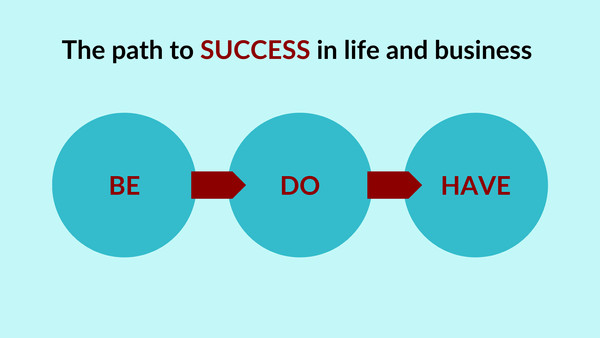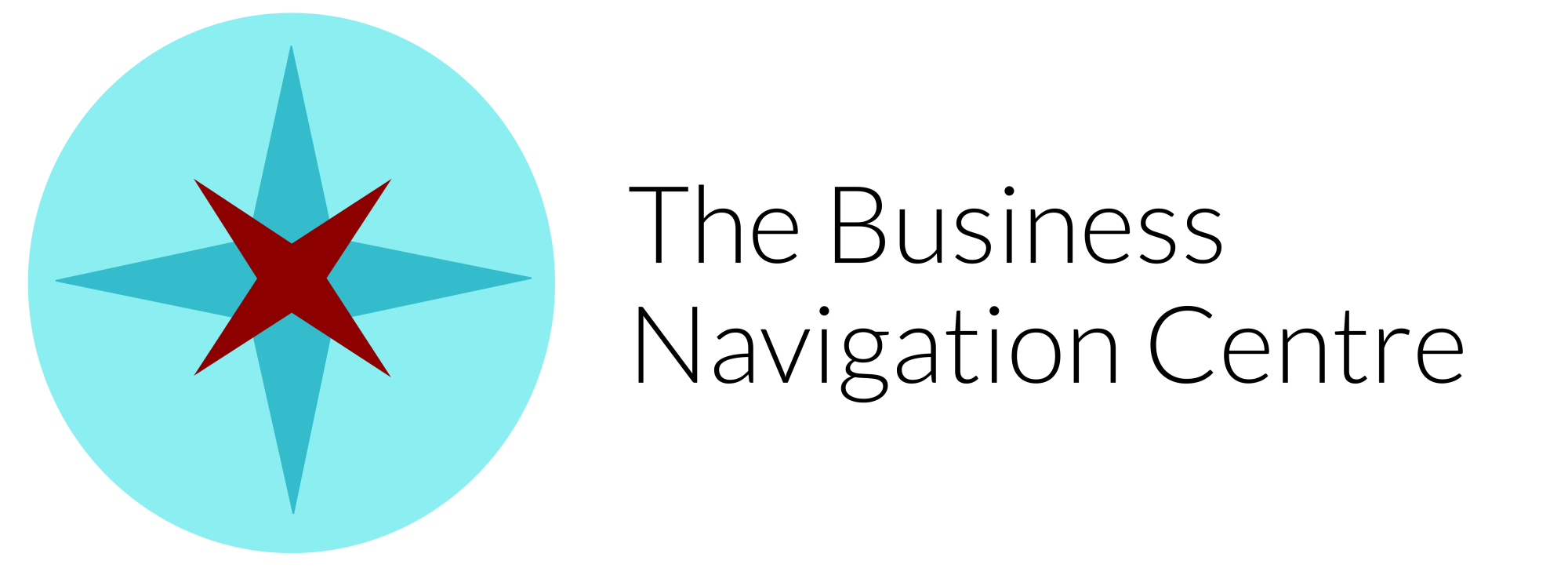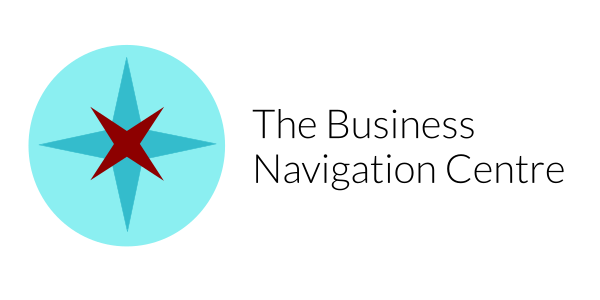
Success. It's a seemingly simple word that carries a world of connotations, dreams, and—let’s admit it—incessant Google searches for the answer to life's most elusive questions: “How can I be successful?” The query has variously delivered everything from meditative enlightenment to the geeky delights of a new time-management app. But what if there’s more to success than just a list of morning affirmations or a tidy desk?
Let's embark on an odyssey through an unconventional dimension of success—one that involves three small words with the potential to re-engineer your life's course: Be Do Have. It’s not a trendy hashtag or a whimsical philosophy. It's a robust, tested methodology that can help you architect both personal triumphs and corporate victories.
The Beginnings of Be Do Have
The Be Do Have principle is not new. It's been whispered at leadership seminars, scribbled in self-help book margins, and emblazoned on motivational posters. But seldom has it been dissected and presented in a manner that makes it a practical, everyday mantra. At its core, Be Do Have is about a fundamental shift in mindset and action—one that doesn’t obsess over the possession of success but promises to build it from your core.
A Framework of Self-Realization
The concept is inherently simple: you must first become the type of person who is capable of achieving what you want (Be), then you must act in a way that’s consistent with the identity you seek (Do), and only thereafter can you expect to receive what such a successful being with successful habits would have (Have).
Embracing the Be Do Have Mindset in Business
Be Do Have isn't confined to personal milestones; it's a framework for professional development. It fosters a culture wherein employees are encouraged to embody desired traits and skills to achieve their professional aspirations and drive company success.
Cultivating Excellence in the Workplace
Businesses that implement Be Do Have principles reap the rewards of a more driven, proactive workforce. Employees who ‘are’ ambitious, innovative, and collaborative, and who ‘do’ work in sync with these attributes, lead to companies that ‘have’ increased profitability and a heightened competitive edge.
The Path to Innovation
Innovation, the lifeblood of many modern businesses, is deeply rooted in the Be Do Have cycle. By encouraging a culture of experimentation and continual learning, organisations help employees ‘be’ innovative thinkers. Channeling this mindset into new projects and strategies ensures that the company ‘does’ produce groundbreaking work, leading to the enviable position of ‘having’ a reputation for innovation.
Be Do Have: A Blueprint for Personal Leadership
Personal development strategies are often fleeting, like the winds of New Year's resolutions. But what if you could anchor yourself to a system that doesn't just guide change but ensures it resonates with your being?
Leading by Example
Self-imposed leadership is the most influential kind. By focusing on the qualities of a great leader, an individual ‘becomes’ a person others willingly follow. This self-actualised leader then ‘does’ what such a leader would, naturally guiding and inspiring others. The outcome is a community or team that ‘has’ the structures and support to excel.
Life as a Continuous Experiment
Living the Be Do Have way is embracing a life that’s not simply reactive, but actively shaped. It’s an ongoing series of experiments, where you embody new roles, take on different attitudes, and see what you can manifest.
Future-Proofing Through Personal Transformation
The world is in a state of perpetual transformation. Markets fluctuate, technologies evolve, and careers shift like the sands of time. In the face of such fluidity, the Be Do Have cycle offers an anchor to personal growth and resilience.
Professional Adaptability
Consider the professional skills you need to ‘be’ in 10 years. Start acquiring them now. Adapt your work habits and learning methods to what you ‘do’ when the skills are fully integrated. Finally, picture the professional ‘having’ that comes with mastering those future skills.
Navigating Life Transitions
As we navigate through life’s inevitable transitions, from career changes to personal milestones, the Be Do Have principle remains a compass. By aligning our actions with our evolving sense of self, we ensure that the fruits of success are harvested from within.
Conclusion: Your Be Do Have Journey
Success is not some remote, admirable figure to be beheld from afar. It’s not an exotic destination to be reached on a whim. It’s a state of being that blossoms from within, shaped by the daily toils and trials of ‘doing’ the necessary work.
Your journey with Be Do Have will likely have its share of questions, uncertainties, and even periods of doubt. But remember, the journey of a thousand miles begins with a single step, and with each step, you define the person you are, the actions you take, and the outcomes you deserve.
As you travel this path, reflect on the mantras of Be Do Have. Carry them with you through your entrepreneurial ventures, your career aspirations, and even your quiet moments of personal growth. Waves of success will come, certainly, but the lasting ripples of your being, doing, and having will navigate the shores of your success with an inimitable purpose.
Did this blog help you? If it did, please share it with your business connections.
If you have any questions contact Helene HERE
Are you tired of putting off important tasks and feeling overwhelmed by procrastination?
You're not alone!
But fear not! We have the ultimate solution for you.
Introducing "3 Easy Steps to Banish Procrastination" - a downloadable guide that will transform your productivity and help you achieve your goals faster than ever before. Say goodbye to endless frustration and hello to a focused and motivated you. Don't wait any longer, click the link below to unlock the secrets to defeating procrastination once and for all!

To do it myself or not to do it myself, that is the question… A simple guide to deciding when is best to delegate or outsource
If you are at that stage in your business where you want to grow further but your diary is packed, you will have been asking yourself the question but not taken the jump yet. So let me help you with this simple 4 step process before you get really stuck.
Step 1 Make a list of all the activities, tasks and duties you fill your diary with.
Step 2
Put a value of £10, £100, £1,000 or £10,000 against each line. It represents either what you expect the task would return for an hour’s work or what it would cost to delegate/outsource it. Let me give you some examples: Email triage £10
Booking meeting in your diary £10 Creating content for your social media £100
Answering customer queries £100 Creating a new marketing campaign £1,000
Setting up an automation to improve efficiencies £1,000 Developing a strategic plan for the next 5 years £10,000
Creating a new product £10,000
Step 3
Look at the list and work out how much of your time you spend per week on tasks that are below what you want to pay yourself. Be honest, there is no one else looking.
Step 4
Take the number from step 3 and multiply it by 9990. That’s what it is costing you for not spending time on your big ticket items.
Now you may argue that you could not spend all your time every week on £10,000/hour tasks and you would be right but you could spend a good portion on jobs that would make you £1000 per hour. So downgrade it and multiply by 990 instead. Still…
What difference would that amount of money make to your business and your life?
I hear you say: Yes but…
If you think that nobody can do it as good as you, someone can do it 80% as good and it is your job to find that person and help them get there. Your standards are holding you back.
If you think you can’t afford, it’s because your paying yourself before you invest in your business and your future. You are keeping yourself stuck.
If you haven’t got the time to train someone, it’s because you have left it too late to delegate, you can either stay stuck or bite the bullet and invest the time and see the benefits within weeks.
If you believe that a team is more trouble than it’s worth. Ask yourself the question: how do the bigger companies in your sector find the people to do the work? The problem is not in finding the right people, the problem is with your skills in recruiting and supporting your team. Learn to be a better leader and you will grow your business.
I even heard someone say to me: I did it and someone I recruited took away my customers. Whilst this is a possibility that they will try, how well they succeed is up to you. There are lots of measures you can put in place to mitigate that risk, both legally and strategically through your leadership style. That’s just an excuse you give yourself rather than take responsibility for your mistakes.
The only situation when you should do it yourself is when you are have more time than money. The answer is that simple. Don’t feel bad, lots of people are like you but you have a choice.
I hope this got you over the line. If you need help with implementing the decision you just made, get in touch and let’s have a free insight call and see if you could be a good fit. Book here.
Did this blog help you? If it did, please share it with your business connections.
If you have any questions contact Helene HERE
Are you tired of putting off important tasks and feeling overwhelmed by procrastination?
You're not alone!
But fear not! We have the ultimate solution for you.
Introducing "3 Easy Steps to Banish Procrastination" - a downloadable guide that will transform your productivity and help you achieve your goals faster than ever before. Say goodbye to endless frustration and hello to a focused and motivated you. Don't wait any longer, click the link below to unlock the secrets to defeating procrastination once and for all!

In the realm of entrepreneurship, a common dilemma surfaces—should business owners diversify their efforts or maintain a sharp focus? Drawing on my extensive experience in business management and strategy, let's delve into why, more often than not, a concentrated focus proves more fruitful than spreading efforts thin.
- Maximizing Impact: The Strength of Singular FocusPicture your business as a powerhouse. Devoting attention to one project concentrates your efforts like channeling energy into a single, potent source. Business success is about precision, not juggling tasks. Instead of dispersing energy, direct it towards a singular goal for a more impactful outcome.
- Misconceptions About Risk: The Pitfall of DiversificationWhile it may seem logical to spread efforts across various projects to mitigate risk, the reality is often counterintuitive. Dividing time among endeavors dilutes progress, creating inefficiencies. Imagine attempting to move in multiple directions simultaneously—it's a recipe for slowdown, not success. The real risk lies in losing focus and impeding progress.
- Swift Progress: Knowledge and Skills as CatalystsSuccess in business is closely tied to expertise. Similar to a skilled professional navigating challenges adeptly, a business owner accelerates success with honed knowledge and skills. Dividing time among projects delays the acquisition of expertise. Focus, however, facilitates a quicker and more efficient learning curve, enhancing the likelihood of success.
In the fast-paced business landscape, the old saying "jack of all trades, master of none" holds true. Diversification, though thought to mitigate risk, often results in diluted efforts and slower progress. As an experienced professional, I advocate for the power of focus—concentrating energy on one project until it bears fruit.
To maximize your chances of success, prioritize swift acquisition of knowledge and skills. In the business journey, speed matters, and focus acts as the accelerator. So, should a business owner diversify? The resounding answer is: focus is paramount until the targeted project yields positive results.
To accelerate your acquisition of knowledge and skills and therefore your chances of success, consider working with a mentor. Their knowledge and experience will short cut your journey.
Did this blog help you? If it did, please share it with your business connections.
If you have any questions contact Helene HERE
Are you tired of putting off important tasks and feeling overwhelmed by procrastination?
You're not alone!
But fear not! We have the ultimate solution for you.
Introducing "3 Easy Steps to Banish Procrastination" - a downloadable guide that will transform your productivity and help you achieve your goals faster than ever before. Say goodbye to endless frustration and hello to a focused and motivated you. Don't wait any longer, click the link below to unlock the secrets to defeating procrastination once and for all!

In this blog post, we explore the different types of procrastination that entrepreneurs may face and provide strategies to overcome them. Type 1 is task aversion and boredom, which can be overcome by reframing mundane tasks as opportunities for growth. Type 2 is fear of failure, and it's important to understand that failure is a part of the journey and an opportunity to learn and evolve. Type 3 is perfectionism paralysis, which can be overcome by valuing progress over perfection. Type 4 is difficulties with task prioritization, which can be addressed by differentiating between urgent and important tasks and implementing time management techniques. Type 5 is overwhelm and indecision, which can be managed by acknowledging and understanding the underlying emotions causing them. Type 6 is the lack of immediate consequences, which can be overcome by understanding the human psychology of seeking pleasure and avoiding discomfort. Type 7 is the distraction dilemma, which can be addressed by recognizing and avoiding forms of procrastination, such as social media scrolling. Type 8 is emotional evasion, which can be managed by paying attention to the underlying emotions triggering procrastination episodes. By understanding and addressing these types of procrastination, entrepreneurs can banish procrastination and turn it into a stepping stone on their entrepreneurial journey.
In this guide, we explore the different types of procrastination that entrepreneurs may face and provide insights on how to overcome them. From task aversion and boredom to fear of failure, perfectionism paralysis, difficulties with task prioritization, overwhelm and indecision, lack of immediate consequences, distraction dilemma, and emotional evasion, we delve into each type to help entrepreneurs understand and tackle their procrastination tendencies. By recognizing these behaviors and implementing tailored strategies, entrepreneurs can transform procrastination from a stumbling block into a stepping stone on their entrepreneurial journey. For more effective solutions and tips, check out our guide on banishing procrastination.
Read more...
In the fast-paced world of business, rest may seem counterintuitive, but embracing strategic rest can unlock unparalleled productivity. This blog explores the often-overlooked dimensions of rest – physical, mental, sensory, creative, emotional, and social – and how they can propel your business to new heights. Prioritizing physical rest, such as regular breaks and sufficient sleep, fuels efficiency and sustained focus. Mental rest, like taking deep breaths and looking away from screens, clears the cognitive dashboard and safeguards against burnout. Sensory rest, by unplugging and providing quiet spaces, enhances creativity and offers a fresh perspective. Creative rest, stepping away from routine tasks, nourishes innovation. Emotional rest, through support and open communication, builds resilient teams. Social rest, by fostering meaningful connections and collaborations, strengthens your business's network of support. By incorporating these dimensions of rest into your business strategy, you ensure sustainable success for all individuals, including those who are neurodivergent.
Read more...









